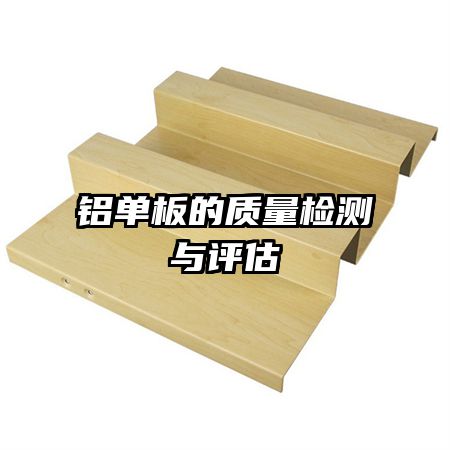
Quality inspection and evaluation of aluminum veneer
Abstract: This article takes aluminum veneer as the research object and explores the importance and methods of its quality inspection and evaluation. By elaborating in detail from four aspects: materials, processing, appearance, and performance, and citing relevant research and viewpoints, the aim is to provide readers with a comprehensive understanding of aluminum veneer quality inspection and evaluation.
1、 Materials
The material of aluminum veneer is one of the important factors affecting its quality. Firstly, we must ensure that the aluminum materials used comply with relevant national standards. Secondly, chemical composition and physical properties of aluminum materials should be tested to ensure that their material strength, corrosion resistance, and plasticity meet the requirements. Finally, surface quality inspection of aluminum materials is carried out using equipment such as spectrometers and microscopes to avoid potential defects and contamination.
2、 Processing
The processing technology of aluminum veneer will directly affect its quality. Firstly, we need to design and optimize the processing technology reasonably to ensure that every link in the production process can meet the expected quality requirements. Secondly, it is necessary to strictly control parameters such as temperature, pressure, and speed during processing to ensure the dimensional accuracy and surface quality of aluminum veneer. Finally, timely detection and repair of aluminum shavings, scratches, and deformations generated during the processing to ensure the integrity and consistency of the final product.
3、 Appearance
Appearance is one of the important indicators for evaluating the quality of aluminum veneer. We can evaluate the appearance quality of aluminum veneer through visual inspection and instrument testing. Visual inspection mainly includes observing color, glossiness, texture, and flatness, while instrument detection can use devices such as luminance meters and color difference meters to obtain more accurate and objective data. At the same time, it is necessary to evaluate the coating quality of aluminum veneer, including adhesion, weather resistance, and corrosion resistance.
4、 Performance
The performance of aluminum veneer is directly related to its performance in practical applications. We can test and evaluate the performance of aluminum veneer from aspects such as strength, hardness, toughness, impact resistance, and heat resistance. These tests can be completed through different experimental methods such as tensile testing, impact testing, and thermal cycling testing. Through a comprehensive evaluation of performance, it can be ensured that aluminum veneer has good reliability and durability during use.
5、 Summary
Through detailed explanations of materials, processing, appearance, and performance, we can conclude that quality inspection and evaluation of aluminum veneer are important means to ensure its quality and performance meet standards. Through reasonable material selection, optimized processing technology, accurate appearance evaluation, and comprehensive performance testing, the quality of aluminum veneer can be ensured to meet the requirements and meet the needs of different application scenarios. Therefore, quality inspection and evaluation should be highly valued in the production and application process of aluminum veneer to improve product quality and enhance market competitiveness. At the same time, more research and exploration are needed to provide more scientific and effective methods and technical support for the quality inspection and evaluation of aluminum veneer.




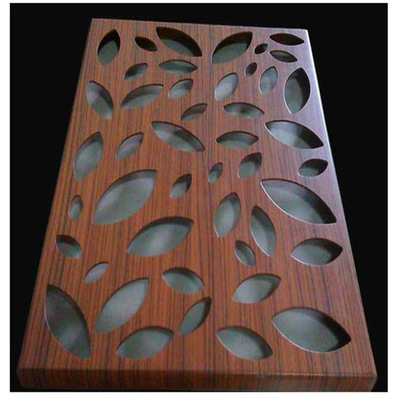
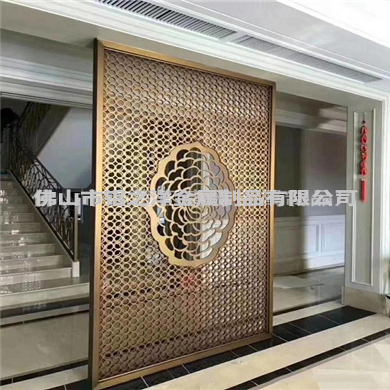
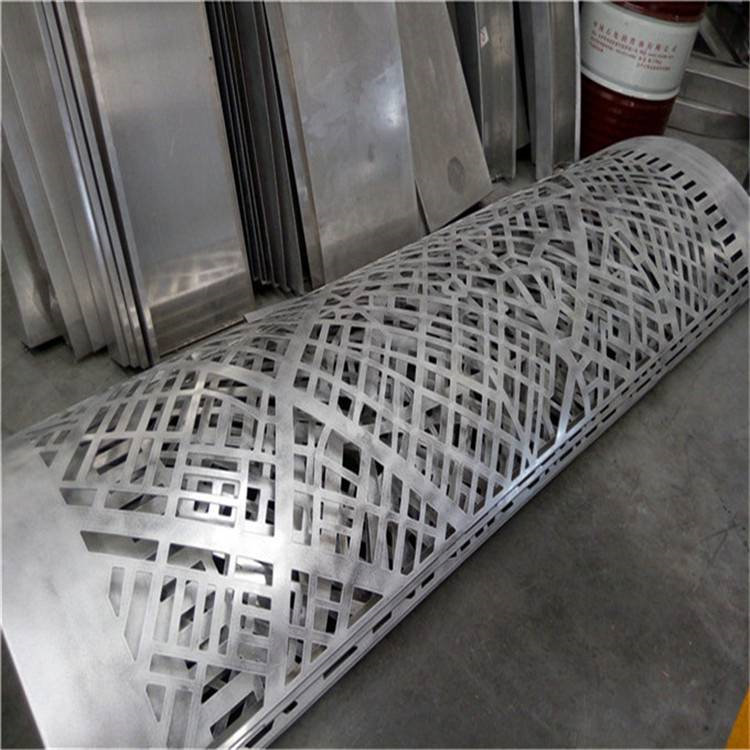
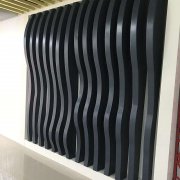
 Customer service QQ
Customer service QQ